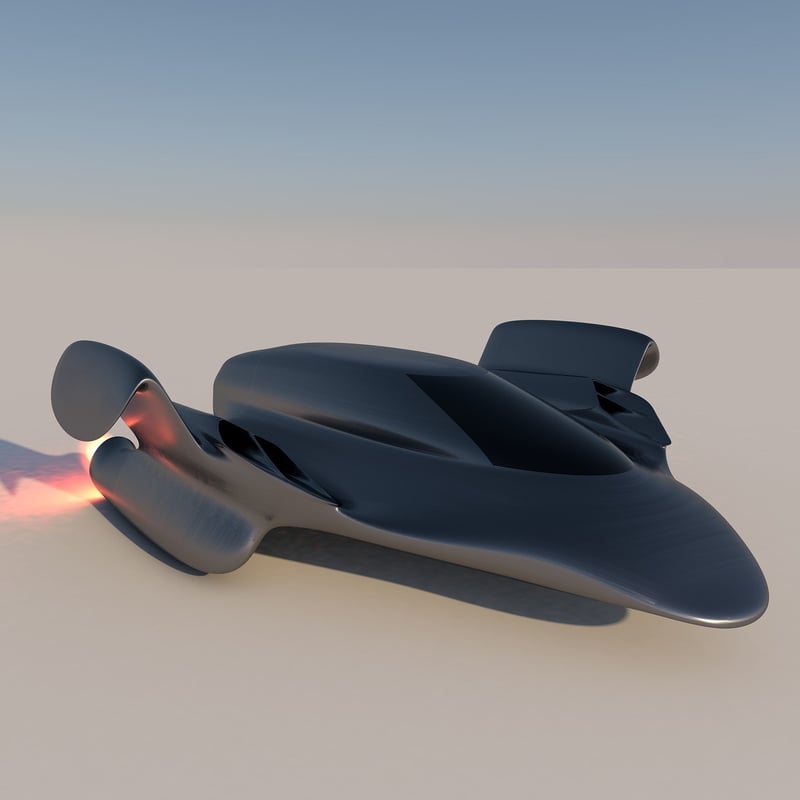Hyperspace Travel
The Wonders of Faster-Than-Light Travel and Hyperspace

Imagine a future where traveling to distant galaxies is not just a dream but a reality. The concepts of faster-than-light travel and hyperspace have long captured the imagination of science fiction enthusiasts and scientists alike. Let's delve into the fascinating world of these revolutionary modes of transportation.
What is Faster-Than-Light Travel?
Faster-than-light travel, often abbreviated as FTL, refers to the hypothetical ability of traveling faster than the speed of light. In conventional physics, the speed of light is considered the universal speed limit. However, theories such as wormholes, warp drives, and Alcubierre drives propose ways to bypass this limitation and traverse vast distances in a fraction of the time it would take at sub-light speeds.
Warp Drives
One of the most well-known concepts of FTL travel is the warp drive, popularized by science fiction franchises like Star Trek. Warp drives involve distorting the fabric of space-time to create a warp bubble around a spacecraft, allowing it to "ride" on a wave of compressed space. While still theoretical, ongoing research explores the feasibility of such propulsion systems.
Exploring Hyperspace
Hyperspace is a theoretical concept that envisions an alternate dimension or subspace that offers a shortcut through the fabric of space-time. By entering hyperspace, spacecraft could potentially circumvent the constraints of normal space and reach their destinations much faster than through conventional means. While hyperspace remains a feature of science fiction, its allure sparks discussions among scientists about the nature of space-time and the possibilities it may hold.
Challenges and Possibilities
Both FTL travel and hyperspace present significant challenges, from the energy requirements to the theoretical physics involved. However, as our understanding of the cosmos deepens and technology advances, the prospect of venturing beyond our solar system and exploring the vast expanse of the universe becomes increasingly tantalizing.
While we may not yet have starships capable of jumping to lightspeed or navigating through hyperspace, the mere contemplation of these concepts ignites a sense of wonder and curiosity about what lies beyond the stars.
So, as we gaze up at the night sky and ponder the mysteries of the cosmos, let us embrace the boundless possibilities that faster-than-light travel and hyperspace may one day offer.
